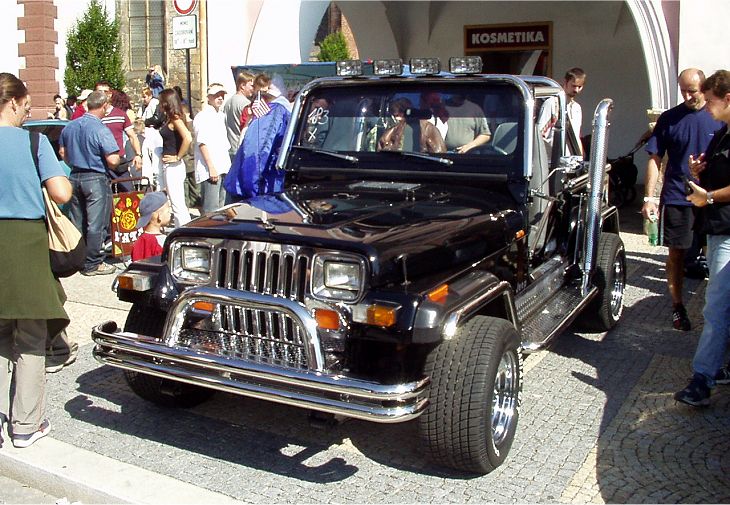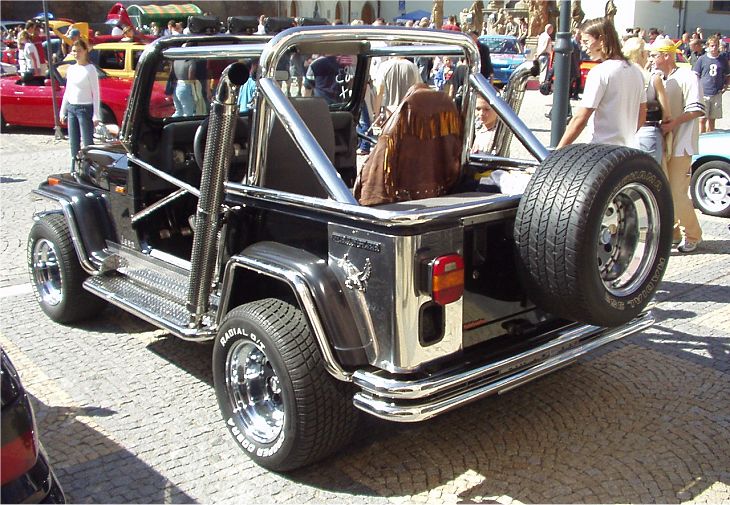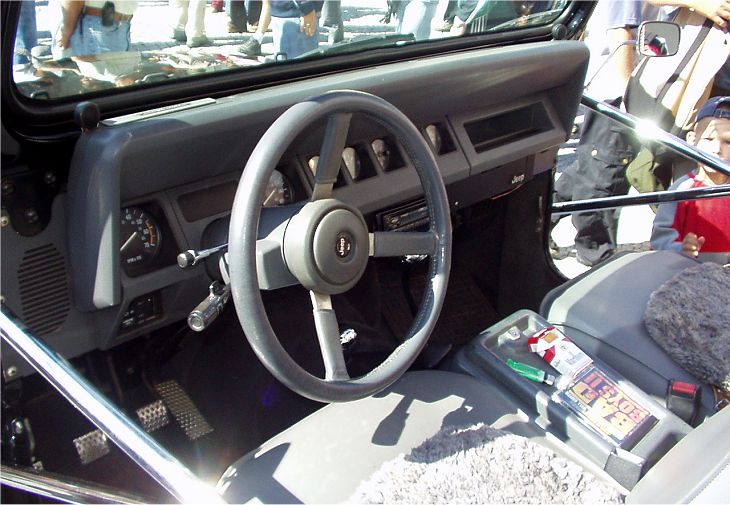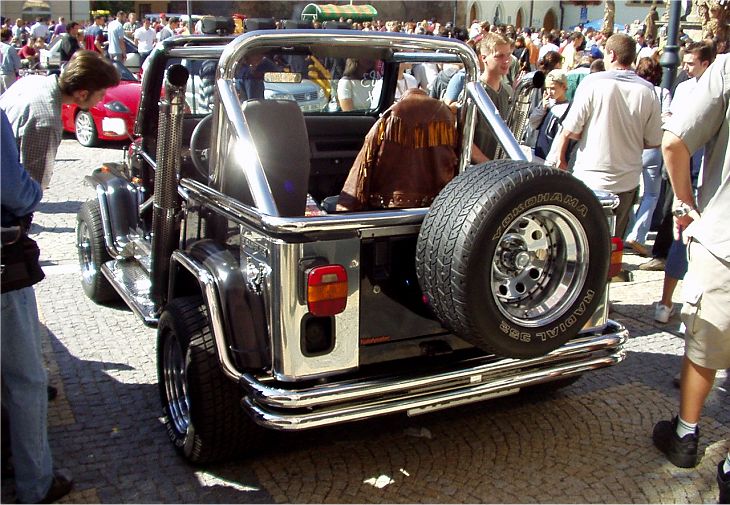Description
The Jeep Wrangler 2.5 has long been appreciated for its mechanical simplicity, light weight, and rugged dependability, which together make it an ideal foundation for thoughtful tuning. While its 2.5-litre inline-four engine produces modest power in standard form—around 117 to 123 horsepower depending on the year—it responds well to careful upgrades that emphasize torque, responsiveness, and drivability rather than raw speed. A well-tuned 2.5-litre Wrangler becomes a far more engaging and capable machine both on and off the road while retaining the durability that made it a Jeep to begin with.
The 2.5 engine was built for reliability, not outright performance. Its iron block, straightforward fuel system, and sturdy construction make it nearly indestructible when maintained. Because it lacks the displacement to produce big horsepower gains without major modification, the most effective tuning focuses on airflow, gearing, and overall efficiency. The goal is to make the engine breathe and respond more freely while ensuring the power it produces is better applied to the wheels.
Improving the intake and exhaust is the natural first step. The factory airbox and piping are restrictive, particularly on early carbureted versions. Replacing these with a high-flow air intake or a cold-air system reduces resistance and improves throttle response. Some enthusiasts go further and fit the larger throttle body from the 4.0-litre Wrangler, which bolts on with minimal modification and increases airflow. On the exhaust side, the original cast manifold can be replaced with a tubular header that improves flow and eliminates one of the common failure points on older 2.5 engines. Pairing this with a 2.25-inch exhaust system, a high-flow catalytic converter, and a performance muffler such as a Borla or Flowmaster allows the engine to exhale more efficiently, giving a noticeable improvement in midrange torque.
The next area of attention is fuel and ignition. On models with electronic fuel injection, a performance chip or ECU reprogramming module can optimize fuel delivery and ignition timing to match intake and exhaust upgrades. This can make throttle response sharper and add a modest amount of power where it’s most useful. Earlier carbureted models benefit from rejetting or swapping to a Weber 32/36 or 38 DGES carburetor, which provides smoother and stronger performance. Replacing the ignition coil and using high-quality spark plugs and wires helps ensure consistent combustion, especially under heavy load or in off-road conditions.
Perhaps the single most effective performance improvement for a Wrangler 2.5 is not in the engine but in the axle gearing. The factory ratios are often too tall, especially when larger tires are fitted. Regearing to 4.10 or 4.56 ratios restores the correct balance between engine speed and wheel torque, dramatically improving low-end pull and drivability. This change transforms how the Jeep feels in daily use and is especially noticeable when climbing hills or crawling over rocks. It’s an expensive upgrade but one that provides a more immediate and noticeable improvement than most engine modifications.
For those seeking greater performance, the engine itself can be modified internally. A torque-oriented camshaft, mild cylinder head porting, and slightly higher compression pistons can add power without compromising reliability. With these upgrades, a naturally aspirated 2.5 can reach around 150 horsepower, giving the Wrangler livelier performance while retaining its rugged nature. More ambitious builders sometimes add forced induction through a turbocharger or low-boost supercharger setup, which can raise output to 180 horsepower or more, though this requires careful tuning, stronger clutches, and improved cooling to maintain long-term durability.
Cooling is an important consideration for any tuned 2.5. A three-row aluminum radiator, upgraded fan system, and high-flow water pump ensure stable temperatures under heavy load or in hot conditions. Synthetic oils in the engine, transmission, and axles help reduce friction and extend service life, especially for vehicles used off-road or for towing.
Suspension and handling improvements complete the package. Quality shock absorbers from brands like Bilstein, Fox, or Old Man Emu greatly improve control and ride comfort. Replacing worn bushings, leaf springs, or control arms restores stability, and a modest two-inch suspension lift combined with the right tires gives the Jeep better ground clearance without upsetting balance. Disconnecting sway bars for trail use improves articulation, allowing the vehicle to make full use of its drivetrain upgrades.
Tuning the 2.5 Wrangler is about refinement rather than transformation. It will never be a high-speed performer, but when tuned correctly it becomes responsive, eager, and surprisingly capable. The combination of intake, exhaust, ECU tuning, and proper axle gearing makes the Jeep livelier on the road and far stronger off it. Each modification adds character without sacrificing the engine’s reliability.
The appeal of tuning the 2.5 lies in its honesty. Every improvement, from a smoother throttle to a better crawl ratio, feels mechanical and rewarding. The result is not a different Jeep but a better version of what it already was—a simple, durable, and endlessly adaptable vehicle built for exploration. When carefully tuned, the 2.5 embodies the original spirit of the Jeep: strength through simplicity, freedom through function, and the satisfaction of a machine that feels perfectly balanced between work and adventure.



